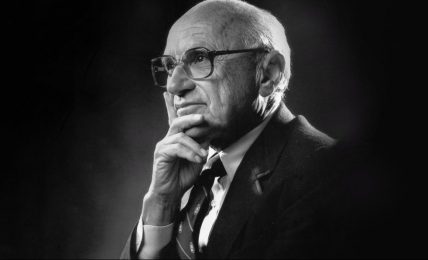Los Angeles County officials are hoping new technology that poses a threat to some industries could be the saving grace in turning around the region’s homelessness problem.
Writers and actors went on strike in part to prevent artificial intelligence from taking their jobs, but the burgeoning tech is widely believed to have great potential in other areas.
In this case, local officials are hoping it can prevent people from becoming homeless in the first place.
On Wednesday, NPR reported that the Los Angeles County Department of Health Services is using data and machine learning to identify those most at-risk of becoming homeless and step in before they become unhoused.
Homelessness continues to increase year over year in Southern California, despite billions of dollars being spent to help stem the flow.
That could be due in part to the way the money is being spent. For instance, delays have meant some projects being funding by Proposition HHH cost more than $800,000 per unit created, as reported by the Associated Press.
These factors mean the number of homeless people just keeps going up.
“On average, for every 207 individuals who exit homelessness daily, 227 more enter—including roughly 16 individuals who return to homelessness after six months,” according to a report by McKinsey & Company.
“It’s a bucket with a hole in it, so we’ve got to do something … to fill that hole,” Dana Vanderford, who leads the Homelessness Prevention Unit of Housing for Health, a division of DHS, explained to NPR.
But by identifying and helping people remain in their homes, the numbers of newly homeless will decrease, allowing the numbers of overall homeless people in the area to go down.
At least, that’s the plan. Some questions remain as to the project’s effectiveness and methods, and the final impact may not be known until a study on the topic is published in 2026.
When speaking with NPR, Beth Shinn, an expert on the subject for Vanderbilt University and an advisor to the program, noted that “you may have more failures” with L.A.’s artificial-intelligence methods as opposed to the traditional ways of getting people off the street.
However, if it works, “you make the most difference for the people who are at highest risk,” she said.
Suggest a Correction



